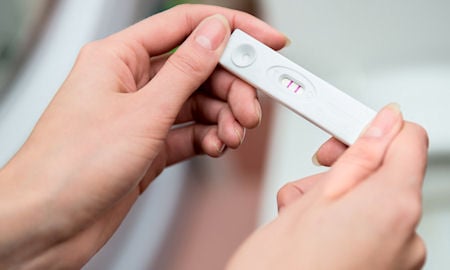
Egg Freezing - what's the latest?
Transcript
The first human birth from a frozen egg was reported in 1986. Initial attempts at egg freezing were very challenging due to the use of a slow freezing method. The advanced technology of vitrification greatly improved the process.
Subsequently, the number of egg freezing cycles dramatically increased, particularly after the ASRM no longer considered the procedure experimental. Women typically select the option of egg freezing for one of three reasons. Prior to undergoing medical or surgical treatment that may harm their eggs, called gonadotoxic therapy, without egg freezing this treatment has the potential to render a woman infertile, whereby she is unable to have biologically related children.
For elective reasons, called planned oocyte cryopreservation, typically as a means of preserving their fertility by freezing eggs at a younger age when they are not yet ready to proceed with pregnancy. And three, for the purpose of egg donation to offer the opportunity for pregnancy in other women who no longer have eggs or have a very poor prognosis for pregnancy with their own eggs. The pros and cons of egg freezing include the ability to freeze eggs during the process of in vitro fertilization when no sperm is available at the time of egg retrieval, such as when the partner has difficulty providing sperm.
It can also be a comfort to younger women choosing this option when delaying fertility. The cons of egg freezing include the lack of guaranteed pregnancy following thawing of the eggs, cost, and the unknown effects on children, as long-term studies have yet to be performed given the new technology.

